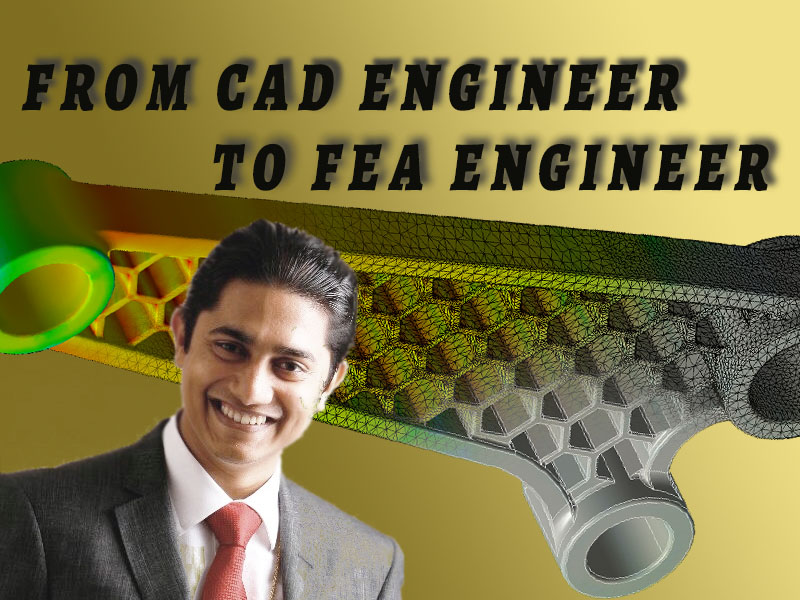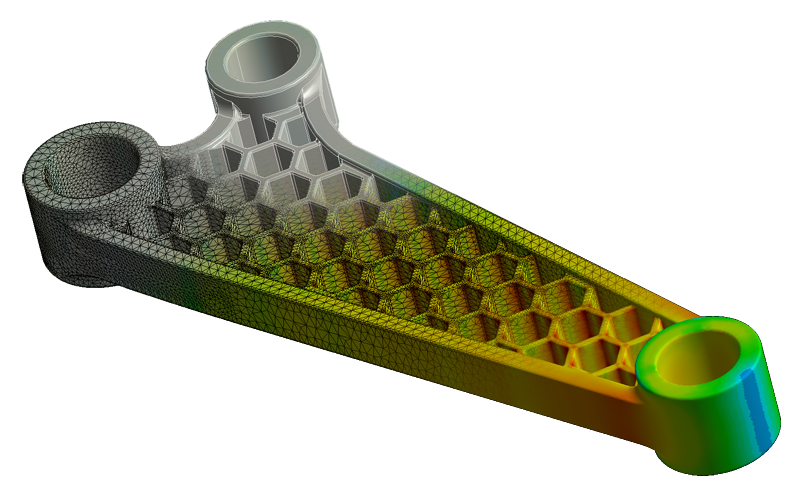Cademix Institute of Technology, Vienna, Austria | +43 650 967 7080 | info@cademix.org


Cademix Institute of Technology
Job seekers Portal for Career Acceleration, Continuing Education, European Job Market
People also visited:
Low cost & Portable MRI Systems - A step toward democratization of Health Care
The Science Behind Bifocal Contacts: An In-Depth Look at Optics and Vision Correction
Career Development Options
Maximizing Productivity in Hybrid Work Environments
Mastering Event Management: Key Skills Every Planner Should Have
Post-Event Evaluation: Why It Matters and How to Do It Right
Global Impact of Plastics and Its Recycling
How CRM Enhances the Trust Quadrant of Content Matrix in 2025
Best Contacts for Dry Eyes: Top Choices for Optimal Comfort
Optimizing Solar Cell Efficiency: Techniques and Innovations
Navigating the Evolving Job Market in Central Europe: Insights on Domesticity, Regulation, and High-...
200 Interview Questions for Germany and Austria
Innovation Explained: Leveraging Innovative Strategies for Career Success
Refractometry: Essential Tool in Optometry
Introduction to GPT-4o: The New Frontier in AI Technology
Workplace Probationary Period in Europe: 2024 Update Guide for International Job Seekers
Keeping Your Training Progress Private in European Workplaces
Eyeglass Lens Replacement: A Comprehensive Guide to Benefits, Types, and Considerations
Agile Project Management in Refineries Overhaul
Food and Agriculture Organization: Roles, Initiatives, and Impact on Global Agriculture
Comprehensive Guide to ATS-Friendly CV Templates: How to Create, Customize, and Use ATS-Compatible C...
Startup Marketing Psychology: How Psychological Principles Strengthen Brand Perception
Red Contact Lenses: Stylish Choices and Essential Safety Tips
Sustainable Interior Design with the help of ArchiCAD
People also visited:
The Future of Content Moderation: Balancing Free Speech and Platform Responsibility
AI Bias and Perception: The Hidden Challenges in Algorithmic Decision-Making
Comprehensive Guide to Developing Interview Skills: How to Prepare and Succeed in Job Interviews
Optimierung der Effizienz in der Hochspannungsstromübertragung zur Integration erneuerbarer Energien
Food Additives in Europe
Career Guidance Essentials for International Students and Graduates
Mechanical and Lab Skills - Top 10 Skills for Every Lab Expert
Microscale 3D Printing: A Review
The Overemphasis on Ethical Considerations in AI Development
Repair a Concrete Floor
How to Become an Optometrist: A Comprehensive Guide for Job Seekers
Accelerating Success: Tailored Mentorship for International Professionals in Navigating Offers
Pharmaceutical challenge: the non-alcoholic hand sanitizer
Exploring Locum Tenens Optometrist Opportunities: The Quick Guide
Career Development Plan during Covid-19
Design, Programming, and Commissioning of Industrial Control Software Using PLC Systems: A Practical...
Comprehensive Guide to ATS-Friendly CV Templates: How to Create, Customize, and Use ATS-Compatible C...
Astigmatism: Insights and Treatment Options
6 best ways to maintain your product agility within a non-agile environment
200 Interview Questions for Germany and Austria
Blockchain as a Service(BaaS)- Trending Blockchain Technology Platform
HR Agile Management - Agile Project Management in Human Resource
AI Technologies emerging beyond 2020
Pre Reg Optometrist Jobs: A Comprehensive Guide for Aspiring Optometrists

